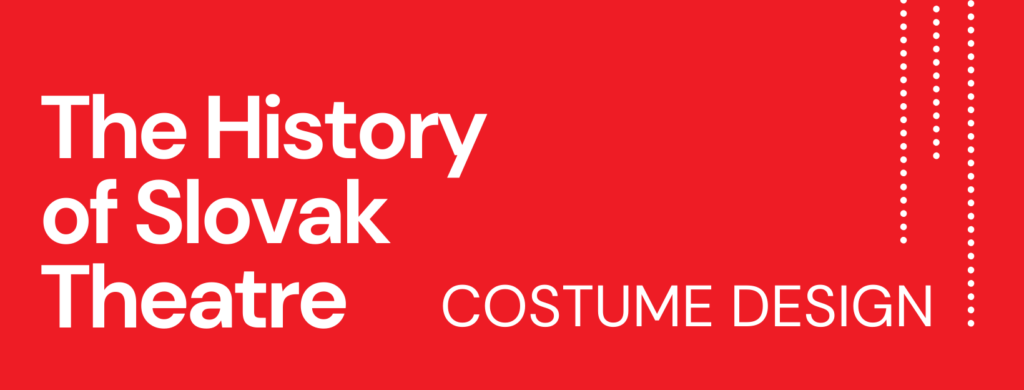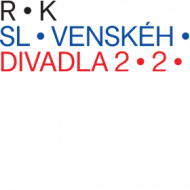
The History of Slovak Theatre – 14. Costume Design
Theatre costumes emerged and have been developing parallel to the relationship with the performance design. In the first decades after the foundation of the Slovak National Theatre no special attention was paid to the costumes. They were often created by the set designers and borrowed from the theatre warehouse. Over time, the situation changed and currently the Slovak school of set design is proud to have produced outstanding creators who bring various international awards to Slovakia (The Prague Quadrennial, The Sao Paulo Art Biennial, the Slovak Theatre DOSKY Awards) and create their own unique dramatic signature.
The pioneering personalities of theatre costume included the artist and illustrator Jan Ladvenica and Ľudmila Brozmanová-Podobová, who managed the Slovak National Theatre’s craft shops in 1940 – 1944. Their efforts and professional contributions paved the way for the theatre costume in the most difficult social conditions.
The founder of the professional costume design, teacher and costume designer Ludmila Purkyňová was the first to formulate the principles of costume design not only theoretically, but in practice. Purkyňová’s costumes are dominated by graphic principles – planes and lines. The original handwriting of Purkyňová’s first student Helena Bezáková is quite different from her teacher’s. She designed her costumes as three-dimensional objects made of collaged and by layering of various textiles.
Stanislava Vaníčková based her designs on precise historical patterns. By reducing the historical elements she achieved a minimalist and civilian form of theatre costume on stage.
The older generation also included Margita Polónyová, whose costume creations showcased the sense of character irony and exaggeration.
One of the most prominent personalities of the Slovak theatre, film and television costume design was Milan Čorba. His understanding of costume design involved a wider context. His creations were often influenced by fashionable designs and direct copying of historical clothing.
The artistic signature of Ľudmila Várossová is characterized by sophisticated imitation and spirited updating of historical stylistic elements in combination with modern artistic processes.Peter Čanecký’s costume design involves expressive shortcuts, precise lines and thoughtful colourfulness. It looks for the ideal proportions among the theme, text, music and actor. The representatives of the middle generation, Marija Havran and Alexandra Grusková, are typical in their clean cuts, simple shapes and deliberate work with colour. The puppet and dramatic theatre were heavily influenced by Eva Farkašová, whose works are distinctive for their creativity and ingenuity.
This is an online version of exhibition theatre.sk.


